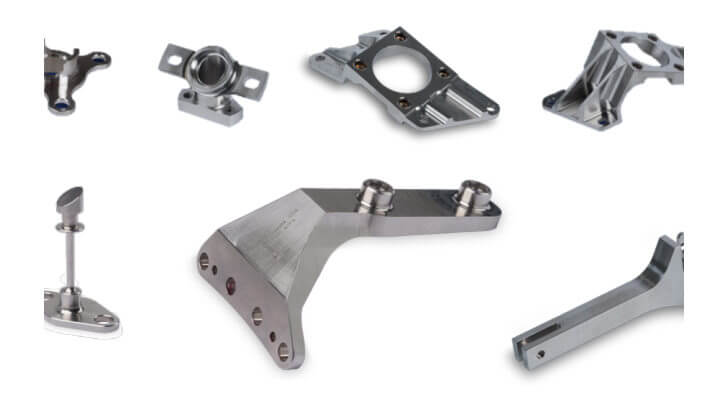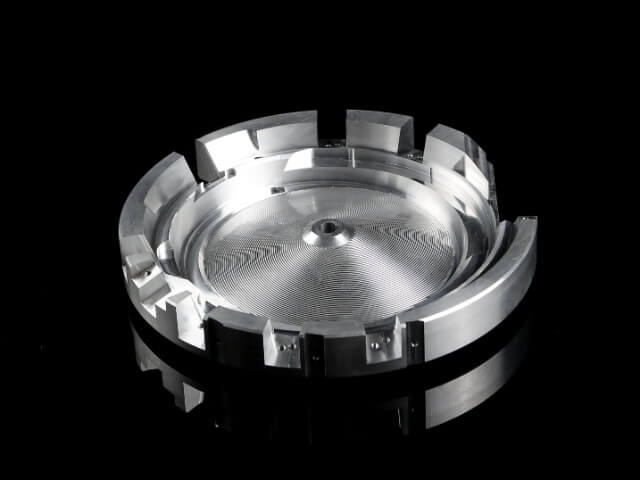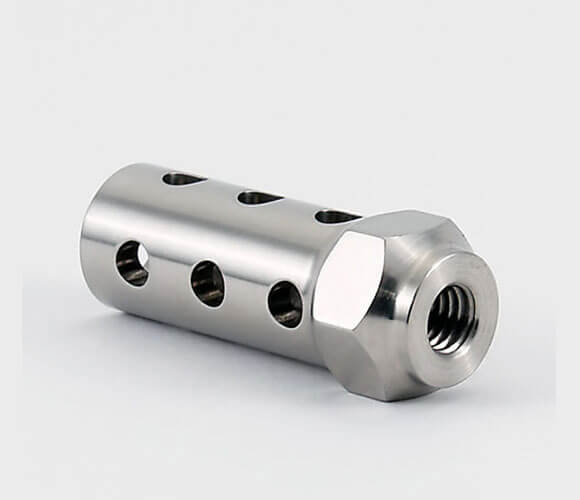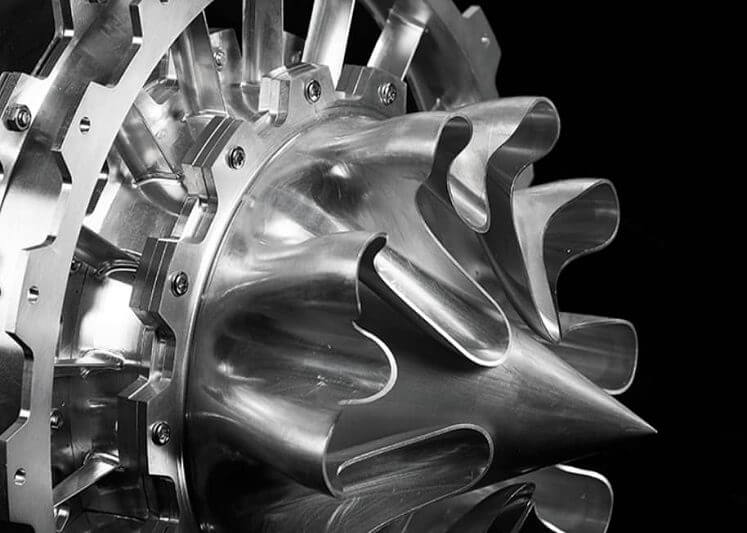Understanding the Importance of Key Stages in Purchasing Aerospace Parts
When it comes to the aerospace industry, the importance of purchasing high-quality parts cannot be overstated. The performance and safety of aircraft rely heavily on the quality and reliability of the parts used in their construction and maintenance. Therefore, it is crucial to have a well-defined process in place for purchasing aerospace parts. This article will outline the key stages involved in this process and highlight their significance.
Steps to Buying Aerospace Parts
The first stage in purchasing aerospace parts is identifying the specific requirements. This involves understanding the exact part needed, its specifications, and any unique features or certifications required. This stage is critical as it ensures that the purchased part will meet the necessary standards and fit seamlessly into the aircraft’s existing systems. It also helps in avoiding any potential compatibility issues or performance shortcomings.

Once the requirements are identified, the next stage is conducting market research. This involves exploring various suppliers and manufacturers to find the best options available. It is essential to consider factors such as reputation, experience, quality control processes, and pricing. Thorough market research helps in selecting reliable suppliers who can provide high-quality parts at competitive prices. It also allows for the evaluation of different options, ensuring that the best value for money is obtained.
After conducting market research, the next stage is requesting and evaluating quotations. This involves reaching out to the selected suppliers and requesting detailed quotations for the required aerospace parts. The quotations should include information on pricing, delivery timelines, warranties, and any additional services offered. Evaluating these quotations allows for a comprehensive comparison of the different options available, enabling informed decision-making.

Once an offer has been received and evaluated, the next stage is to negotiate and finalize the terms of purchase. This involves discussing pricing, delivery schedules and any other relevant terms with suppliers, and effective negotiation skills are crucial to securing the best deal. Once terms are agreed upon, a purchase agreement will be drafted and signed by both parties to solidify the commitment.
Once the terms are finalized, the next stage is to place the order and manage the delivery process. This involves submitting purchase orders to suppliers and closely monitoring the progress of the orders. Therefore, it is crucial to maintain clear communication with suppliers to ensure on-time delivery and to resolve any potential issues promptly. At the same time, effective order management also helps minimize delays and ensure parts are delivered according to agreed terms.
The final stage in purchasing aerospace parts is conducting quality control inspections upon receipt. This involves thoroughly inspecting the delivered parts to ensure that they meet the required specifications and quality standards. Any discrepancies or defects should be immediately reported to the supplier for resolution. Conducting quality control inspections is crucial in maintaining the integrity and safety of the aircraft.

In conclusion, understanding the importance of key stages in purchasing aerospace parts is vital for the aerospace industry. By following a well-defined process that includes identifying requirements, conducting market research, requesting and evaluating quotations, negotiating and finalizing terms, placing the order, managing the delivery process, and conducting quality control inspections, the industry can ensure the procurement of high-quality parts that meet the necessary standards. This, in turn, contributes to the performance, reliability, and safety of aircraft, ultimately benefiting the entire aerospace industry.
